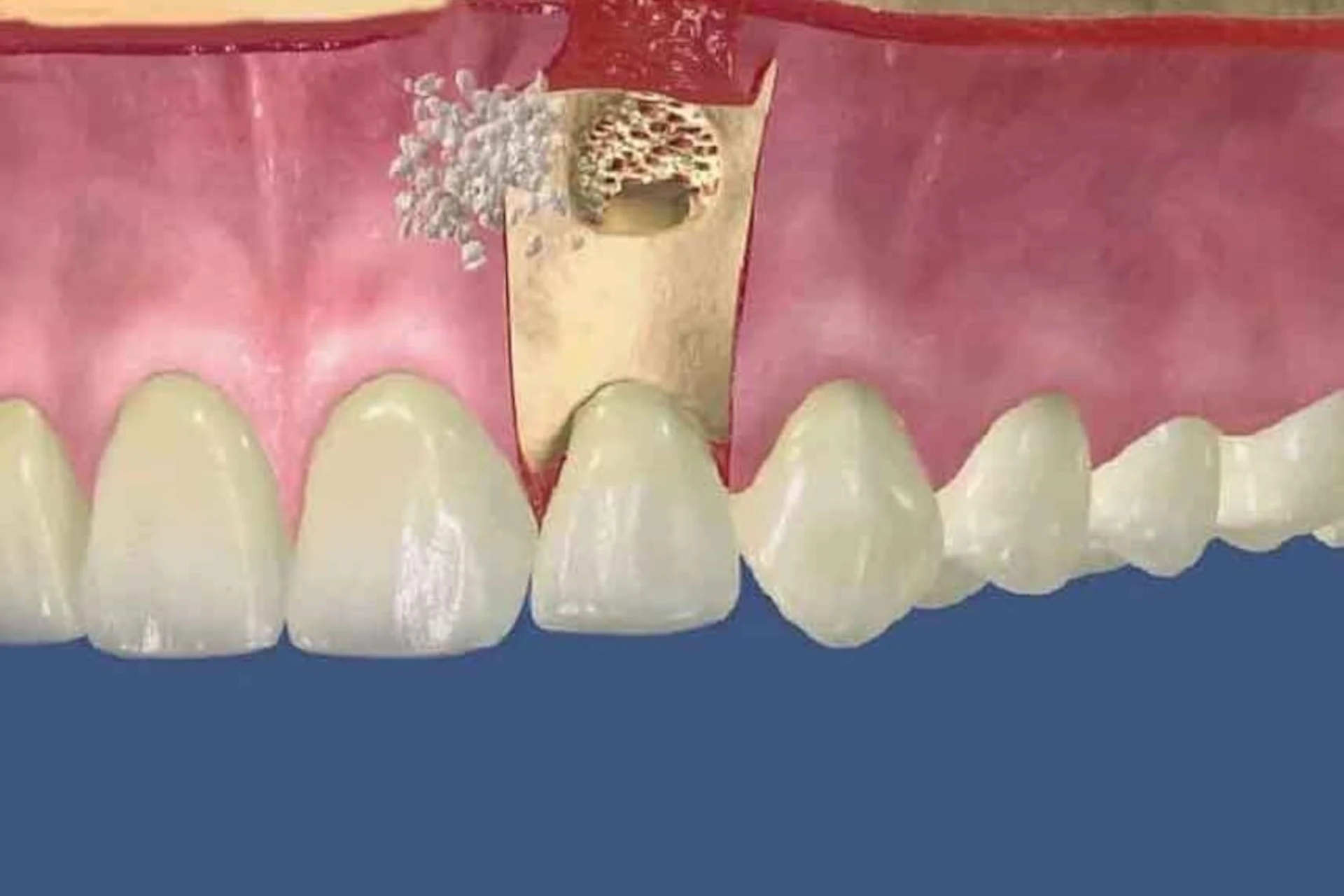A tooth that has undergone root canal treatment may not always achieve permanent healing. Sometimes, months or even years after treatment, infection, sensitivity, or lesions around the root apex may reoccur. In such cases, there are two primary treatment options for preserving the tooth rather than extracting it: retreatment and apical resection.
- Root Canal Treatment Retreatment
A root canal is the process of re-treating a previously treated tooth. The old root canal filling is removed, and the canals are cleaned, disinfected, and refilled.
Advantages:
- The source of the infection is completely cleaned from within the root canal.
- Microscopes and ultrasonic devices can be used to find extra channels that were not previously noticed.
- The natural structure of the tooth is preserved.
Disadvantages:
- It can be technically difficult and complex.
- Success may be limited in cases such as a broken instrument or a blocked canal.
👉 When is it preferred?
If there is sufficient tissue in the tooth and the infection can be cleared from the canal, the first choice should always be to renew the root canal treatment.
- Apical Resection
Apical resection is a surgical procedure. The infected tissue at the root tip and a portion of the root are removed. The root tip is then filled with biocompatible materials to seal the root.
Advantages:
- Infection in areas that cannot be reached through the canal can be cleaned directly.
- Provides a solution in cases where there are obstructions such as broken tools, flooded fills or clogged channels.
- It may be a last treatment option before tooth extraction.
Disadvantages:
- Because it is surgical, it requires swelling, pain and a recovery period after the procedure.
- Anatomical obstructions such as sinuses, vessels, or nerves may limit applicability.
- If the underlying problem within the canal is not resolved, the infection may recur.
👉 When is it preferred?
If repeat root canal treatment is not possible or has failed, and if the infection at the root tip is large, apical resection may be preferred.
- Comparative Assessment
- Criterion
- Root Canal Renewal
- Apical Resection
- Application
- Cleaning and refilling the canal
- Surgical removal of the root tip
- Advantage
- Eliminates the source of infection
- Cleans inaccessible areas inside the canal
- Difficulty
- Clogged drains, broken appliances
- Having surgery, recovery process
- Success Rate
- High with the right technique
- Especially effective in complex cases
- When?
- Always the first choice if possible
- If renewal is not possible or unsuccessful
- General Approach
The generally accepted approach in dentistry:
1. First, renewal of root canal treatment is attempted.
2. If this is not possible or if no results are obtained, apical resection is performed.
- Final Word
Every patient is different. A dentist should determine which method is appropriate, taking into account the condition of the tooth, the extent of the infection, and the patient's general health.
“Every wound is opened in order to heal.” – Rumi
It is possible to heal these small wounds on the teeth with the right treatment and keep the tooth in the mouth without extraction.
This text is intended to provide general information. The appropriate treatment method for each patient may vary, and therefore, a dentist who is an expert in the field should be consulted. Before making any decision regarding dental health, it is of great importance that you have a detailed examination and consultation with your physician. These articles are for informational purposes only and are not intended to replace professional medical advice.



 by
by